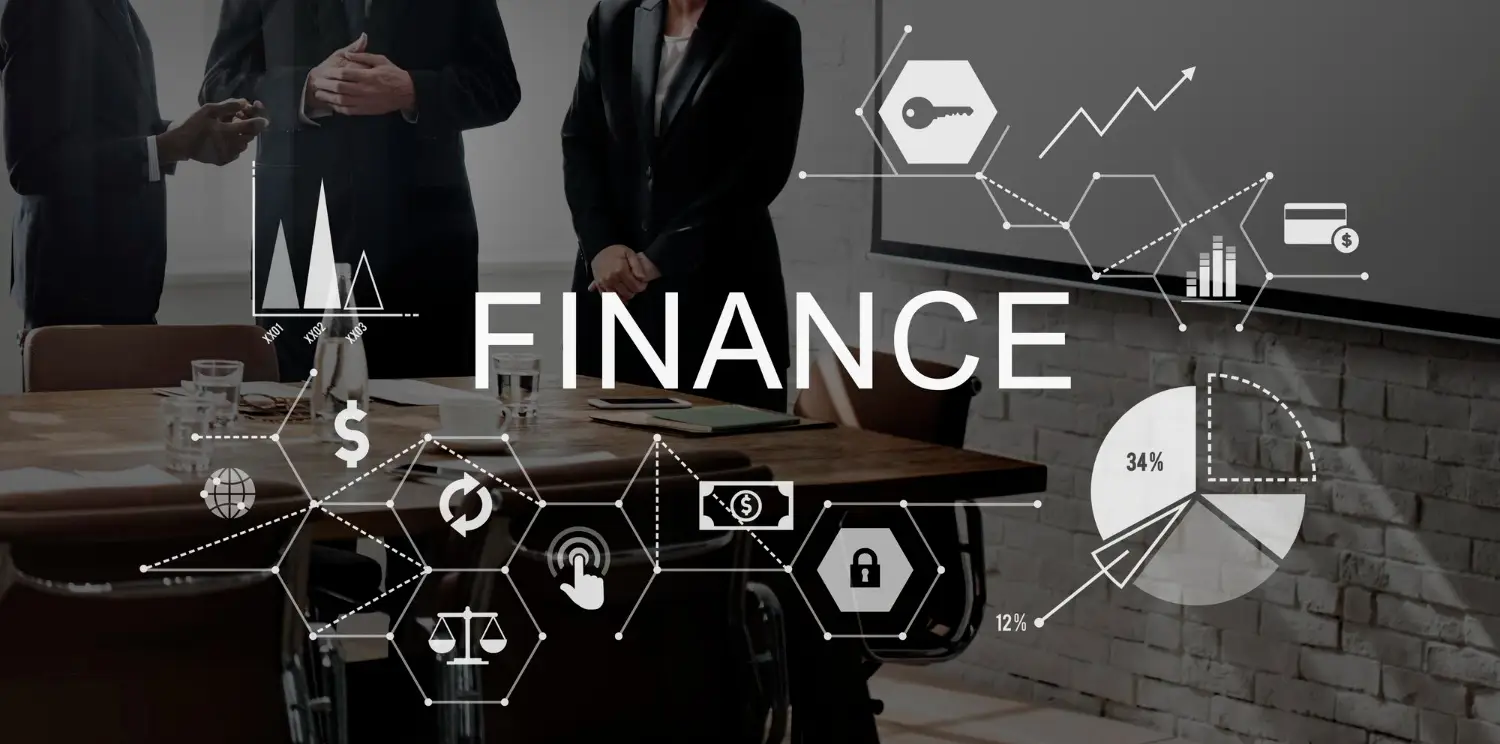As technology continues to advance, so too does the threat of cybercrime. The financial sector, in particular, has become a prime target for cyber criminals due to the amount of sensitive information and valuable assets it holds. The increase in cybercrime in the financial sector has become a growing concern for businesses and consumers alike.
One of the main reasons for the rise in cybercrime in the financial sector is the increased use of technology and digital systems. Financial institutions now rely heavily on online banking, mobile payments, and other digital systems, all of which are vulnerable to cyber attacks. Hackers can steal customer data, including personal and financial information, which can lead to identity theft, financial loss, and reputational damage for the financial institution.
In addition to stealing data, cyber criminals also use ransomware attacks to extort money from financial institutions. These attacks involve encrypting the financial institution’s data and demanding payment in exchange for the decryption key. This can result in significant financial losses for the institution and can also lead to disruption of critical services.
Another factor contributing to the increase in cybercrime in the financial sector is the use of third-party vendors. Financial institutions often rely on third-party vendors for a range of services, including data storage and processing. However, these vendors can be vulnerable to cyber attacks, which can compromise the security of the financial institution’s data and systems.
To combat the rise in cybercrime, financial institutions need to invest in robust cybersecurity measures. This includes implementing multi-factor authentication, regularly updating software and systems, and conducting regular security audits. Financial institutions also need to educate their employees and customers about cyber threats and how to protect themselves from them.
Regulators are also taking steps to address the issue of cybercrime in the financial sector. In the United States, the Securities and Exchange Commission (SEC) has issued guidelines for financial institutions to follow in order to prevent cyber attacks. The guidelines include conducting risk assessments, implementing written policies and procedures, and establishing an incident response plan.
In conclusion, the increase in cybercrime in the financial sector is a growing concern for businesses and consumers. Financial institutions need to take proactive steps to protect themselves and their customers from cyber threats, including investing in robust cybersecurity measures, educating their employees and customers, and working with regulators to establish guidelines and best practices. Failure to address the issue of cybercrime can lead to significant financial losses, reputational damage, and other serious consequences.
At TSAROLABS, we understand the critical importance of cybersecurity in today’s digital world. As a leading provider of cybersecurity solutions, we specialise in developing innovative and cutting-edge strategies that enable our clients to stay ahead of cyber threats.
In the finance industry, we help our clients navigate the complex and ever-evolving regulatory landscape while also providing comprehensive protection against cyber attacks that can compromise sensitive financial information.
Related Tag: Cybersecurity in Finance, Financial Cyber Threats, Cyber Attacks on Financial Institutions, Ransomware Attacks in Finance, SEC Cybersecurity Guidelines, Financial Data Security

